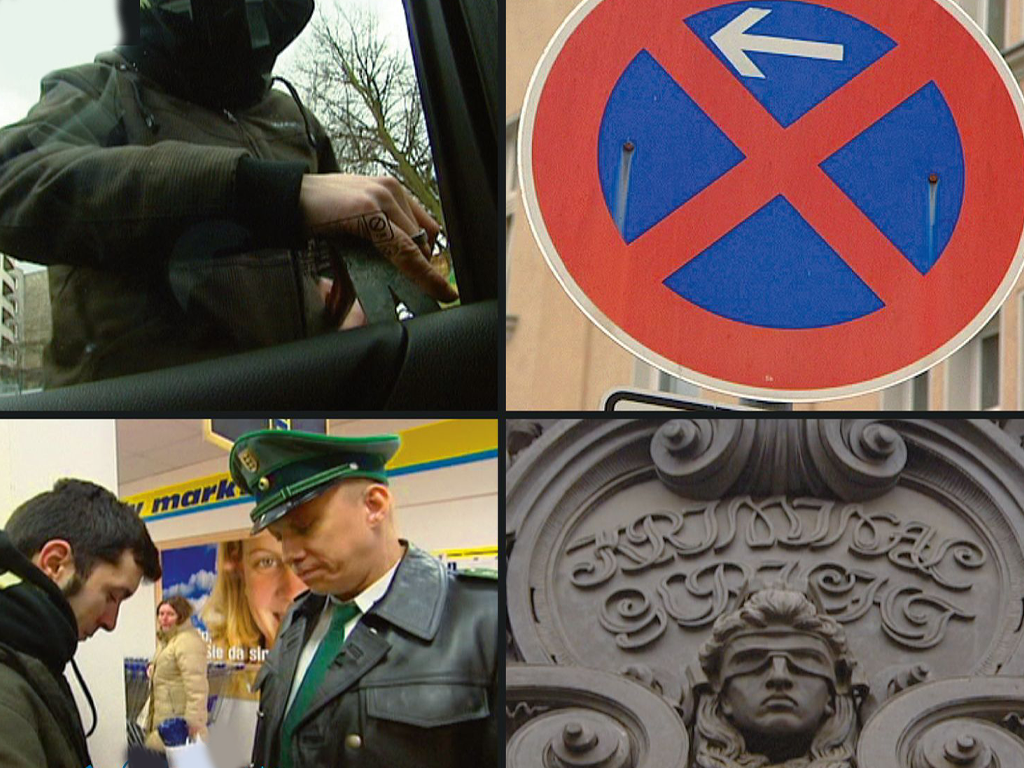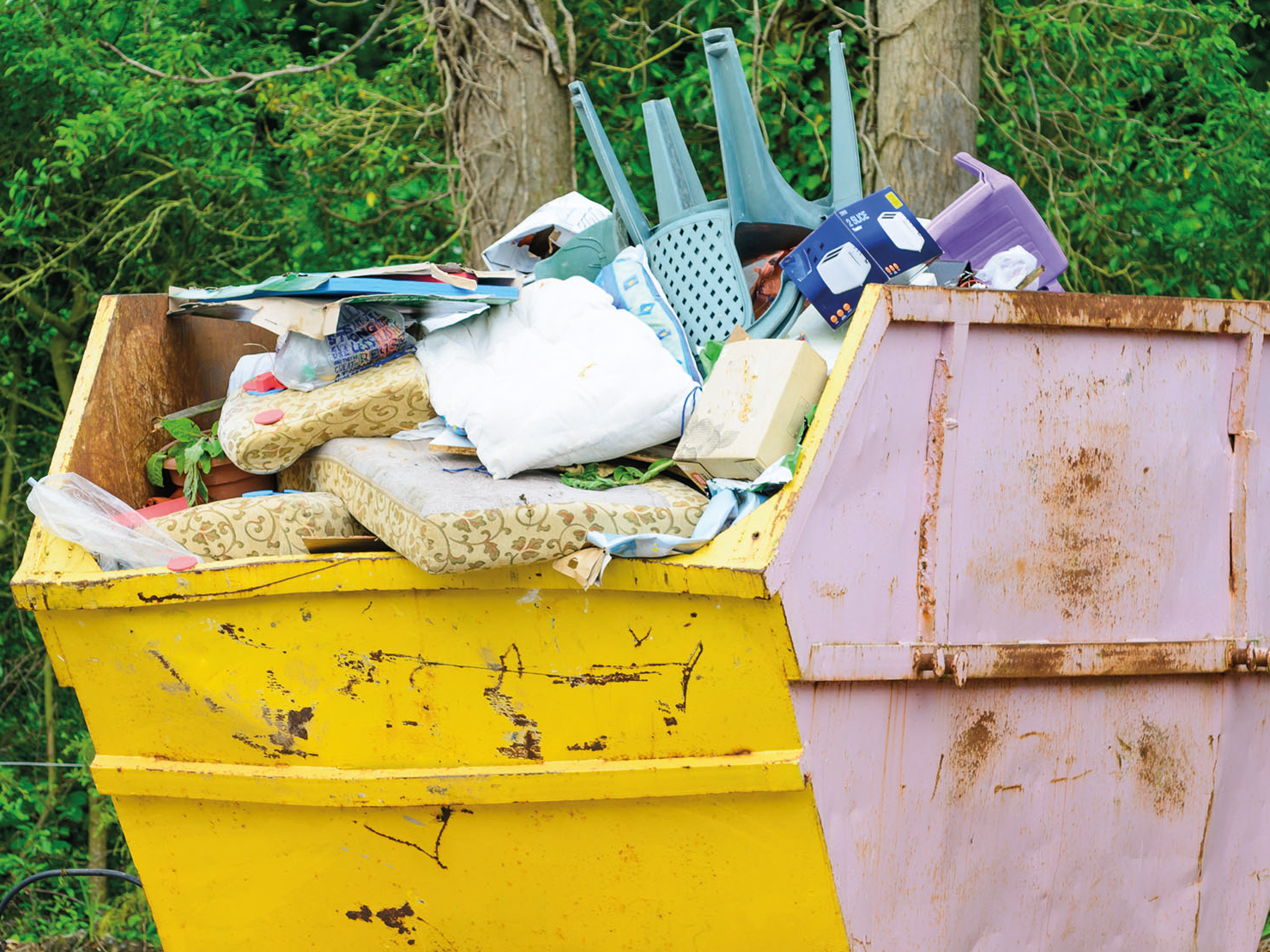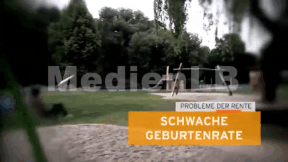 Gesellschaft
Gesellschaft

4668256 / 5559747
Recht verstehen
Justitia im Einsatz
Von der Approbationsordnung für Apotheker bis hin zum Zerlegungsgesetz – in Deutschland wird fast alles durch Gesetze und Verordnungen geregelt. Kein Wunder, dass es in der Bundesrepublik über 1.900 Gesetze und mehr als 3.400 Verordnungen gibt. Diese unterteilen sich in 76.382 Artikel und Paragrafen. Wer kann da noch den Überblick behalten? Und sind alle Regelungen wirklich sinnvoll? Das finden Joey Grit Winkler und Fero Andersen für „Schau dich schlau!“ heraus und entdecken dabei so manche Kuriosität. Nicht nur die juristische Fachsprache ist für Laien verwirrend, die Inhalte der Gesetze werfen oft Fragen nach ihrem Sinn auf. In der Verfassung von Hessen existiert sogar noch die Todesstrafe. Doch da diese im Grundgesetz abgeschafft wurde, ist das Gesetz glücklicherweise ungültig. „Schau dich schlau!“ wirft auch einen Blick auf die populärsten Rechtsirrtümer. Diese passieren nicht nur im großen Stil, sondern begegnen uns tagtäglich beim Einkaufen, Zuhause oder im Büro. Besonders beliebt ist in Kaufhäusern der Hinweise „Reduzierte Ware ist vom Umtausch ausgeschlossen“. Stopp, sagen die Gesetzgeber. Wenn die Ware mangelhaft, darf der Kunde das reklamieren, auch bei Sonderangeboten.
Trailer abspielen
Lehrplanzentral und an den Bildungsstandards orientiert
Passend dazu
Wegwerfgesellschaft
Der Müllberg wächst Jahr für Jahr. Das liegt zum Einen daran, dass die Verpackungen aufwändiger werden, zum Anderen an den extrem kostengünstig produzierten Konsumgütern, die häufig einen Neukauf lohnender als eine Reparatur machen.
Altersarmut
Innerhalb von 52 Jahren hat sich in der Bundesrepublik das Verhältnis von Beitragszahlern für die Rente zu den bestehenden Rentnern um den Faktor 3 verschlechtert. Sind 1962 noch 6 Erwerbstätige für die Rentenzahlung eines Rentners aufkommen, so mussten 2014 zwei Erwerbstätige für die Rentenzahlung von einem Rentner aufkommen. Die Altersarmut in Deutschland steigt. Denn nur wer 40 Jahre ohne Unterbrechung mindestens 2.100 € verdient hat, bekommt als Rente mehr als den Hartz-IV-Satz ausgezahlt. Beschäftige im Niedriglohnsektor oder in Teilzeit können selbst nach 45 Jahren Arbeit nicht von ihrer Rente leben. Vielen Rentnern bleibt nur der entwürdigende Weg zum Arbeitsamt.










